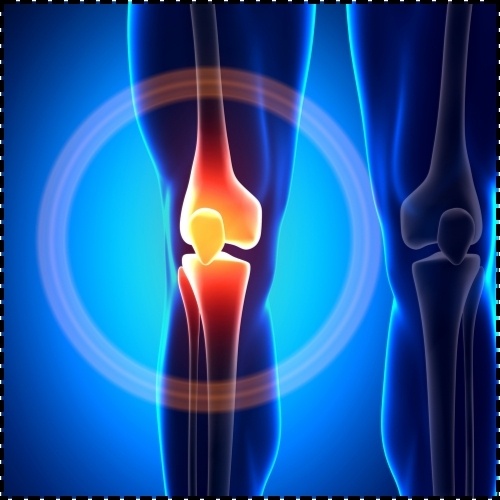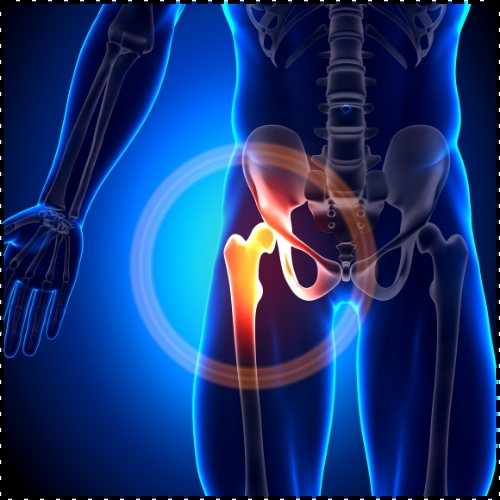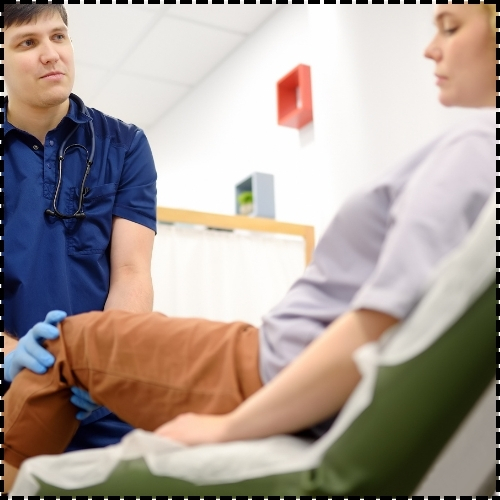Understanding Joint Replacement: What to Expect from Knee and Hip Surgeries


Joint Replacement Surgery is a transformative procedure designed to alleviate pain and restore function for individuals suffering from severe joint damage. This guide provides an in-depth look at what to expect from knee replacement surgery and hip replacement surgery, covering everything from preparation to recovery. Whether you’re considering surgery or have a loved one undergoing the procedure, understanding the process is crucial for a successful outcome. At Healix Hospitals, we are dedicated to providing comprehensive care and support throughout your joint replacement journey.
What is Joint Replacement Surgery?
Joint Replacement Surgery involves removing a damaged joint and replacing it with an artificial joint, typically made of metal, plastic, or ceramic materials. The goal of joint replacement surgery is to relieve pain, improve mobility, and enhance the quality of life for patients with severe joint conditions.
Knee replacement surgery and hip replacement surgery are the two most common types of joint replacement surgeries performed. Each procedure aims to address pain and restore function but involves distinct considerations and recovery processes.

Knee Replacement Surgery
Knee replacement surgery is often recommended for individuals with advanced osteoarthritis or other conditions causing significant knee pain and disability. The procedure involves removing the damaged portions of the knee joint and replacing them with an artificial implant.
Benefits of knee replacement include:
- Pain Relief: Most patients experience significant relief from chronic knee pain.
- Improved Mobility: Enhanced ability to perform daily activities and enjoy physical activities.
- Enhanced Quality of Life: Reduction in pain leads to improved overall well-being.
Preparing for knee replacement surgery involves a thorough evaluation by an orthopedic specialist, physical therapy to strengthen the muscles around the knee, and lifestyle adjustments to ensure optimal surgical outcomes. At Healix Hospitals, our orthopedic team provides personalized guidance on joint replacement preparation to help you get ready for surgery.
Hip Replacement Surgery
Hip replacement surgery is performed to alleviate pain and restore function in individuals with severe hip arthritis or other hip joint conditions. The procedure involves removing the damaged hip joint and replacing it with an artificial joint, which can significantly improve mobility and reduce pain.
Hip replacement recovery tips include:
- Follow Post-Surgery Instructions: Adhere to the recovery plan provided by your surgeon.
- Engage in Physical Therapy: Participate in rehabilitation exercises to regain strength and flexibility.
- Manage Pain Effectively: Use prescribed medications and follow pain management guidelines.
Preparing for hip replacement surgery involves preoperative assessments, education on the surgery and recovery process, and adjustments to your home environment to facilitate a smooth recovery. Our team at Healix Hospitals is committed to ensuring you are well-prepared and informed throughout the process.

What to Expect from Joint Surgery
What to expect from joint surgery can vary depending on the type of surgery and individual patient factors. Generally, the process includes:
- Preoperative Assessment: Your orthopedic surgeon will evaluate your overall health, review your medical history, and conduct imaging studies to plan the procedure.
- Surgical Procedure: Joint replacement surgery is typically performed under general or regional anesthesia. The surgeon will remove the damaged joint and implant the artificial joint using precise techniques.
- Hospital Stay: Most patients stay in the hospital for a few days post-surgery to monitor recovery and manage pain. Healix Hospitals provides exceptional care to ensure your comfort and safety during your hospital stay.
- Recovery and Rehabilitation: Joint replacement recovery involves physical therapy to regain strength and mobility. Following a structured rehabilitation program is crucial for optimal recovery.
Joint Replacement Recovery
Joint replacement recovery is a critical phase of the process that determines the success of the surgery. Recovery times can vary, but generally include:
- Initial Recovery: The first few weeks after surgery involve managing pain, swelling, and starting physical therapy. Patients are encouraged to follow the hip replacement recovery tips provided by their healthcare team.
- Rehabilitation: Physical therapy plays a key role in joint replacement recovery, helping patients regain strength, flexibility, and function. Adhering to your rehabilitation program is essential for achieving the best outcomes.
- Long-Term Care: Continued care and exercise are important for maintaining joint health and function. Orthopedic joint care may include ongoing check-ups and lifestyle modifications.
Preparing for Joint Replacement Surgery
Preparing for joint replacement surgery involves several steps to ensure a successful outcome:
- Preoperative Assessment: Your surgeon will perform a thorough evaluation, including medical history review and diagnostic tests, to plan the surgery.
- Education: Understanding the procedure, recovery process, and rehabilitation requirements is crucial. Healix Hospitals offers educational resources and support to help you prepare for surgery.
- Home Preparation: Making necessary adjustments to your home, such as installing grab bars and arranging for assistance, can facilitate a smoother recovery process.
- Health Optimization: Addressing any underlying health issues and following pre-surgery instructions, such as dietary recommendations and medication adjustments, are essential for optimal outcomes.

Joint Replacement Procedure: A Closer Look
The joint replacement procedure involves several key steps:
- Anesthesia: You will receive anesthesia to ensure you are comfortable and pain-free during the surgery.
- Incision: The surgeon makes an incision to access the damaged joint.
- Removal of Damaged Joint: The damaged portions of the joint are removed, and the artificial joint is prepared for implantation.
- Implantation: The artificial joint is implanted and secured in place.
- Closure: The incision is closed using sutures or staples, and a dressing is applied.
- Recovery: Post-surgery, you will be monitored in the recovery room before being moved to a hospital room.
Benefits of Joint Replacement Surgery
Joint replacement surgery offers numerous benefits, including:
- Pain Relief: Significant reduction or elimination of chronic joint pain.
Comments